 Zooplankton of the Great Lakes
Zooplankton of the Great Lakes
Rotifer: Filinia terminalis
Domain: Eukarya
Kingdom: Animalia
Phylum: Rotifera
Class: Monogononta
Order: Flosculariaceae
Family: Testudinellidae
Genus: Filinia
Species: Filinia terminalis
Anatomy
Typical Rotifer Body:
The typical rotifer has an elongate, cylindrical body composed of three basic sections: head, trunk (body) and foot. There is no true segmentation in rotifers. The body is covered by a cuticle that is secreted by the syncytial hypodermis. Some rotifers are covered with a shell called a lorica. In the head portion, the rotifer has a corona with cilia that is the entrance to the buccal cavity. Inside the rotifer trunk, there is a mastax, esophagus, stomach, intestine, anus, and vitellarium, which produces a yolk substance for eggs (Pennak 1978).
Filinia terminalis body:
Filinia terminalis is part of the class Monogononta, in which female rotifers have a single ovary. Females of F. terminalis carry the egg sac near the posterior end (Ghengalath et al., 1971). The mastax is nonramate and there may or may not be presence of a lorica. Males are small and degenerate. F. terminalis is in the order Flosculariaceae where there are some free-swimming species and some sessile species. The corona is not large (Pennak. 1978). The body of F. terminalis is sac-like with the anterior end straight. There is no lorica. A circumapical band is formed by a row of cilia near the head and there are 2 red eye spots. Setae are smooth or have minute bristles. The unci in the mastax have many teeth. Two appendages are near the head attached to the body that are used for movement The anterior end has one spine situated terminally or subterminally. F. terminalis is difficult to distinguish sometimes from F. longiseta, though the latter has posterior setae situated ventrally away from the terminal point (Ghengalath et al., 1971)
Distribution
Filinia terminalis is a generalist found to occur in many lakes and ponds (Pennak 1978).
Habitat
Filinia species can be found in bacterial layers in meromictic or eutrophic lakes . During the summer, F. terminalis species can be found below the thermocline in the summer, and distributed more uniform during February (George and Fernando, 1970). F. terminalis can tolerate low oxygen concentrations, but acidic lakes tend to have reduced abundances (Walz, 1993). Water level can have an effect on the abundance of F. terminalis as well. Abundances are low during low water, and increase during high water levels. Keppeler and Hardy (2004) found in Lago Amapa, a lake in Brazil, that F. terminalis was more abundant in the top and middle layers of the lake during high water phase.
Feeding
F. terminalis is an omnivore (Pennak, 1978) that feeds mostly on bacteria and detritus particles (Walz, 1993). The food particles eaten by F. terminalis are rather small, with larger particle sizes ingested around 10-12 μm. Abundance of F. terminalis was found to increase in the presence of oligoaerobic bacteria (Ruttner--Kolisko, 1989).
Growth/Reproduction
All rotifers are eutelic, meaning that the number of cells does not increase over the the life span of the animal though the size of the cells can increase. Rotifers reproduce by parthenogenesis from a diploid female. When a stimulus occurs, the female will produce an unfertilized haploid egg by meiosis. The eggs becomes a male. The male can produce sperm which can fertilize haploid eggs made by the female (Pennak 1978). Abundances of F. terminalis increase in June and in December. Reproduction increases in the presence of of oligoaerobic bacteria (Ruttner-Kolisko, 1980). The number of individuals was found to increase with decreasing depth and oxygen (George and Fernando, 1970).
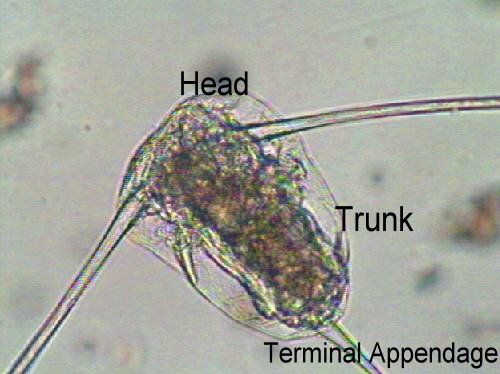
Figure 1: Filinia terminalis with head, trunk, and terminal appendage.
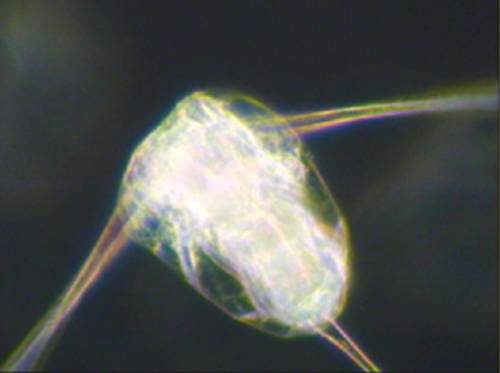
Figure 2: Dark field image of F. terminalis.
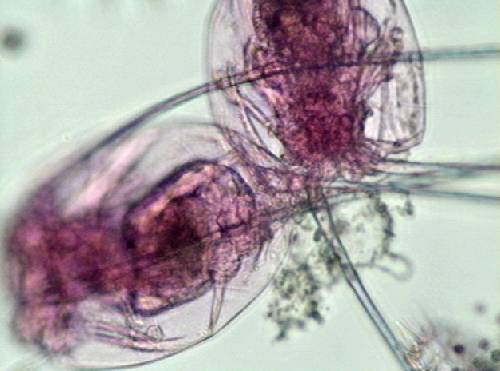
Figure 3: Pair of F. terminalis showing appendages at rest.
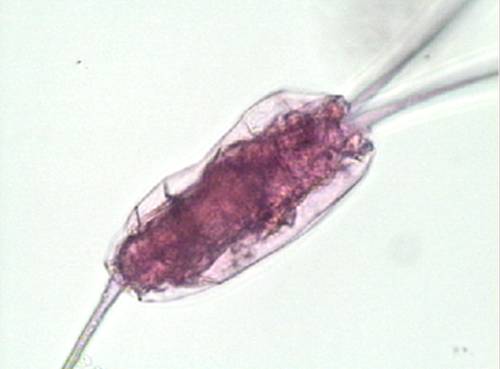
Figure 4: Image of F. terminalis with appendages contracted.
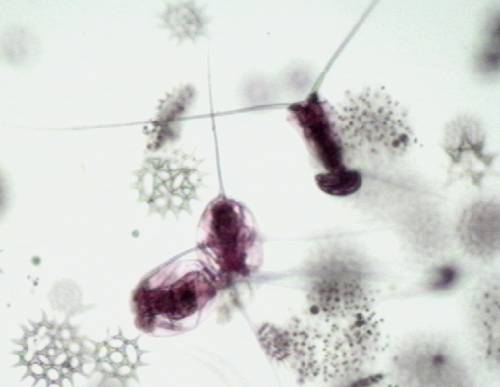
Figure 5: Three F. terminalis. Female in the upper right has an egg sac.
Works Cited:
Chengalath, R., C.H. Fernando, and M.G. George. University of waterloo biology series number 2: planktonic rotifera of Ontario with keys to genera and species. Ontario: pp 5-35 (1971)
George, M.G. and C.H. Fernando. Diurnal migration in three species of rotifers in Sunfish Lake, Ontario. Limnology and Oceanography. 15 (2): pp 218-233 (1970)
Keppeler, E.C. and E.R. Hardy. Vertical distribution of zooplankton in the water column of Lago Amapa, Rio Branco, Acre, Brazil. Revista Brasileria de Zoologia: 22 (2): pp 169-177 (2004)
Pennak, R.W. Freshwater invertebrates of the United States: second edition. Canada. John Wiley & Son's, Inc.pp 157-210 (1978)
Ruttner-Kalisko, R. The abundance and distribution of Filinia terminalis in various types of lakes as related to temperature, oxygen, and food. Hydrobiologia 73 (1-3):pp 169-175 (1980)
Ruttner-Kalisko, R. Problems in taxonomy of rotifers, exemplified by the Filinia longiseta-terminalis complex. Hydrobiologia. 186/187: pp 291-298 (1989)
Walz, Norbert. Plankton Regulation Dynamics: Experiments and Models in Rotifer Continuous Cultures. Berlin; New York, Springer-Verlag. pp 194-206(1993)